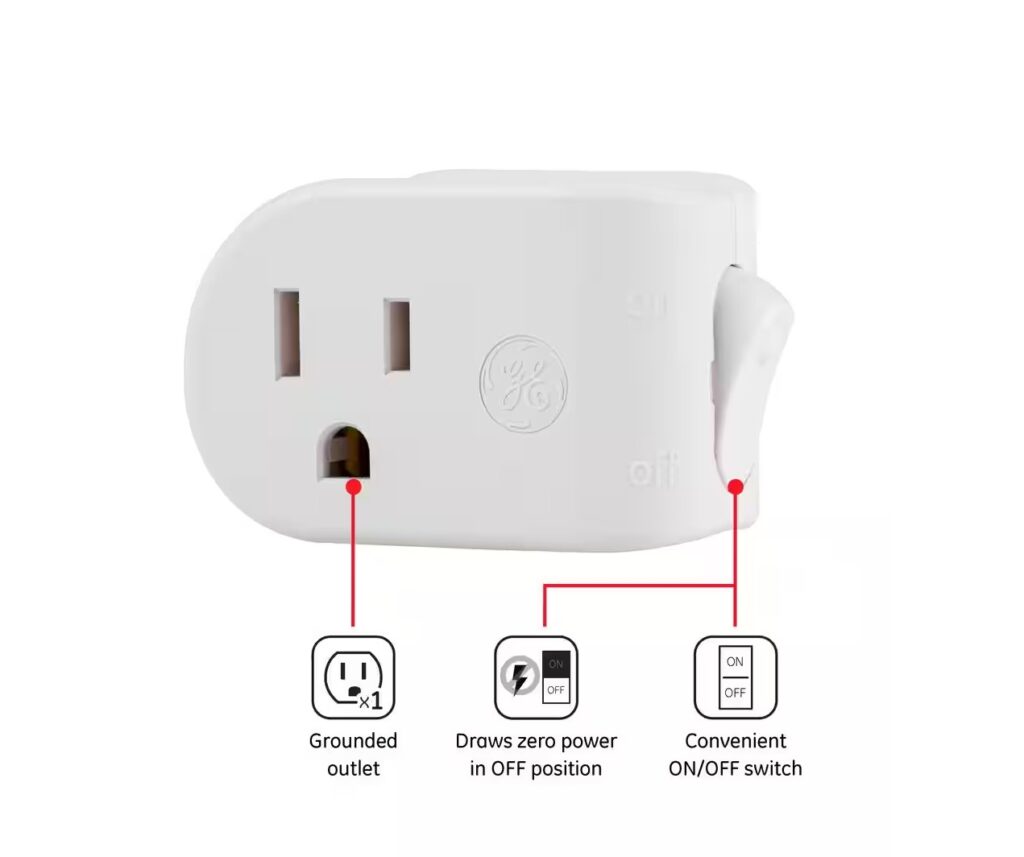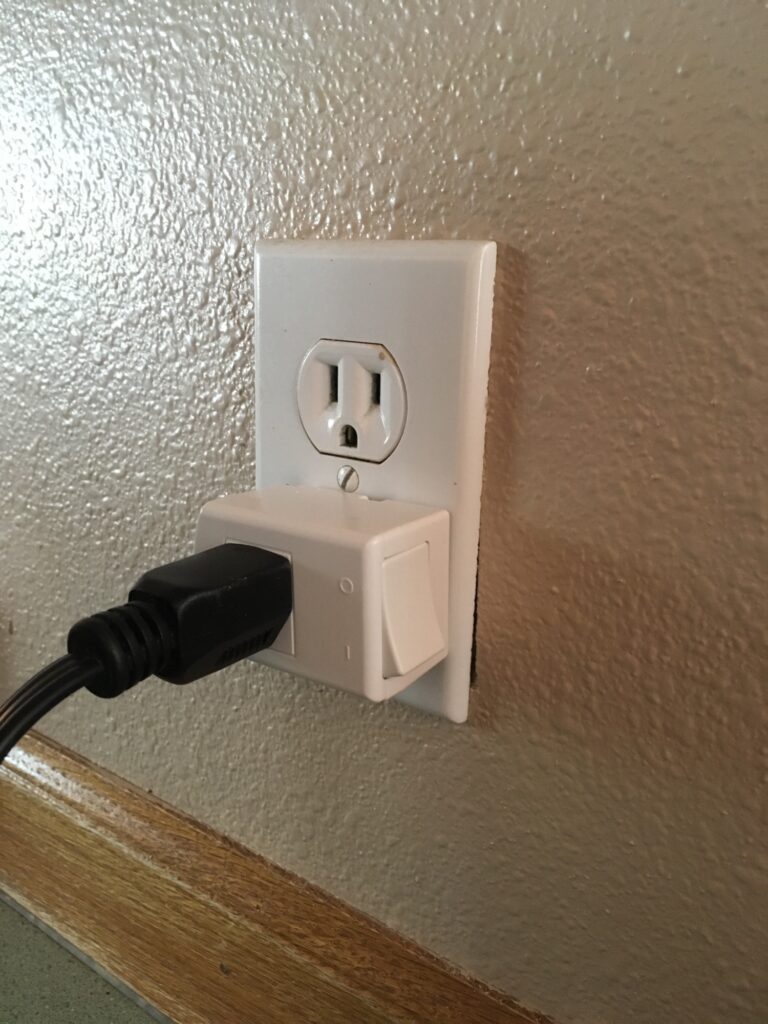Keurig B70 Slow Drip
I bought a used Keurig B70 at a thrift store, a few years ago, without being able to test it out first. Much to my dismay I plugged it in and discovered that it did not have any water pressure. I wish I had replaced both solenoids at the same time I replaced the pump but unfortunately I Idid not so fast forward a few years and I had to open this back up again! This was obviously not being used as a daily coffee maker.
- With the machine unplugged from power;
- I cut and removed the top lid following a YouTube video.
- Remove the screws from the metal base plate.
- Remove 3 screws from the internal bottom base that attaches the rear fascia.
- Pull, push, wiggle each side of the back fascia downward until the 3 hooks on both the left and right come loose. The left and right side have different number of these hooks and some are very likely to break!
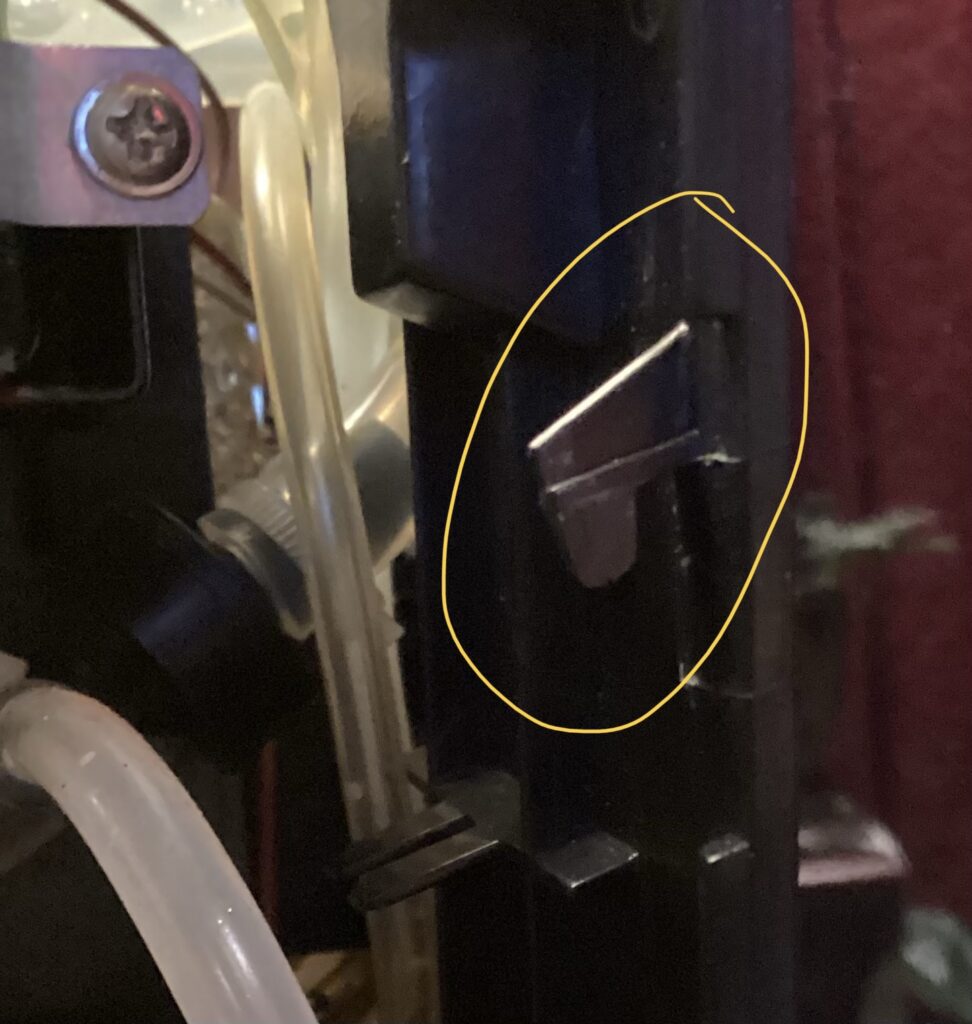
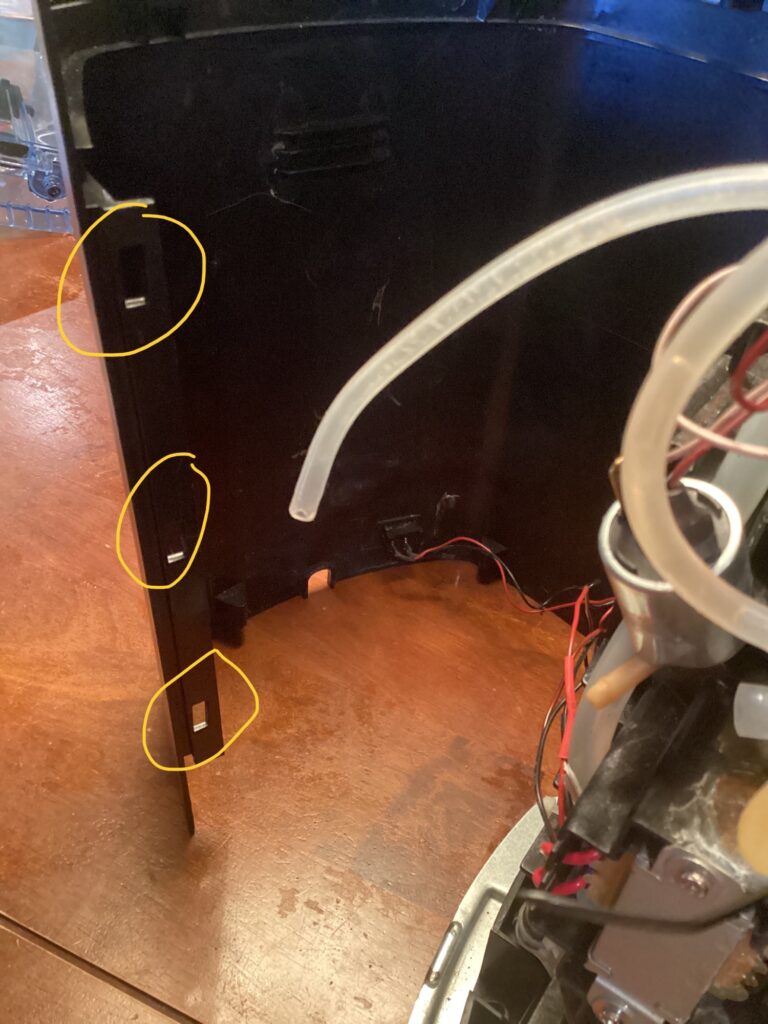
With the internal components exposed the first place to start should be with troubleshooting the lower solenoid.
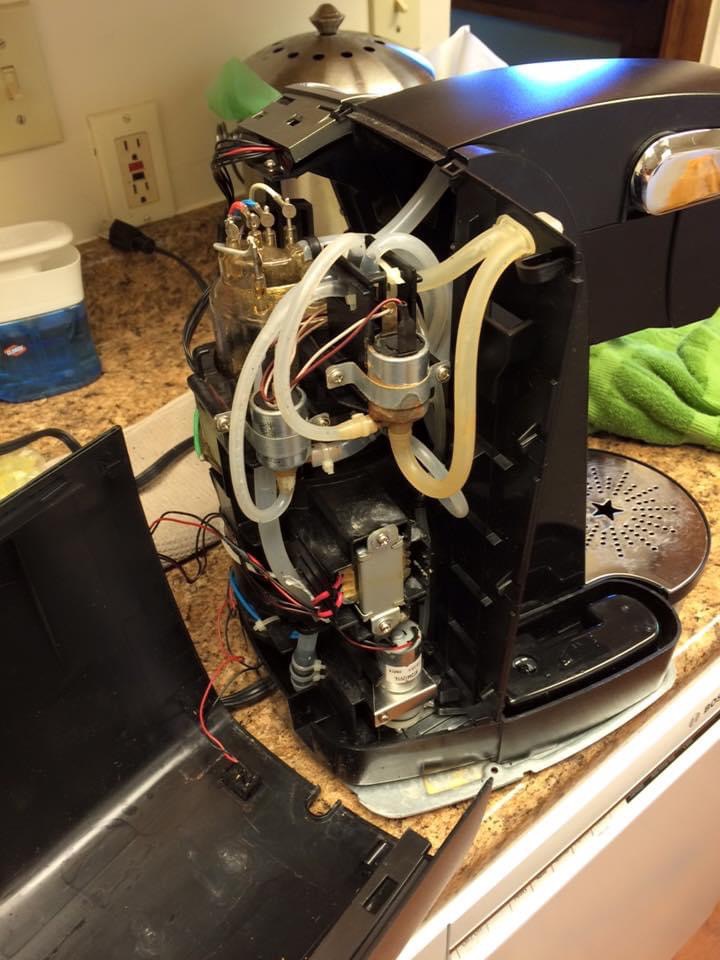
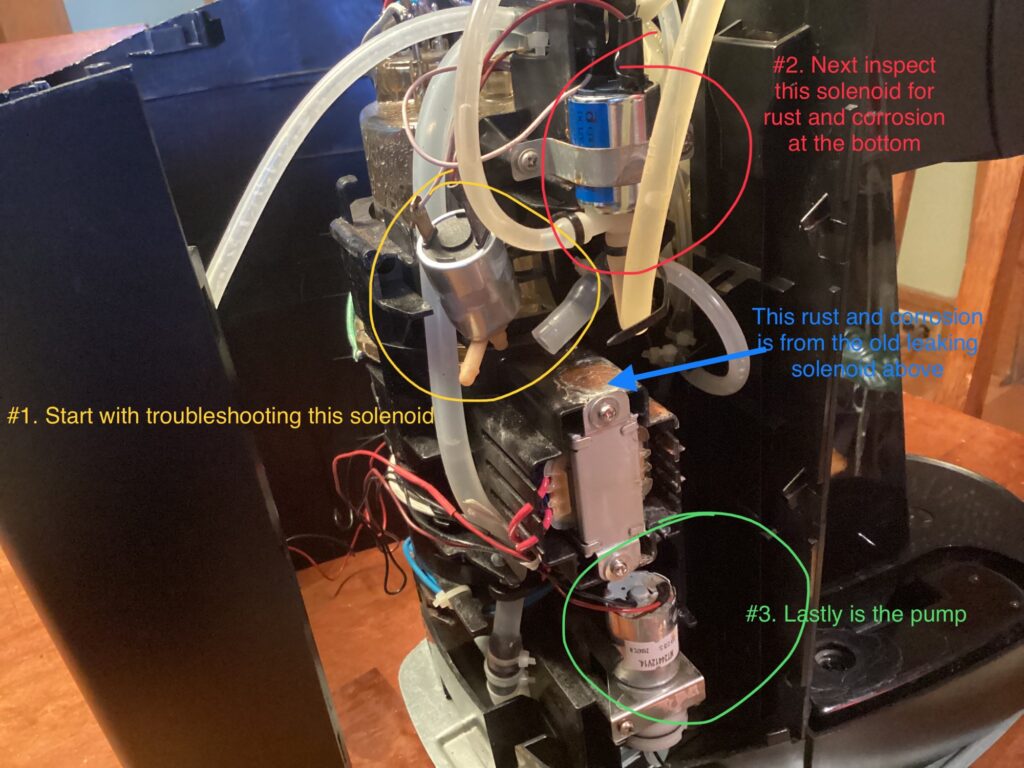
#1 solenoid troubleshooting
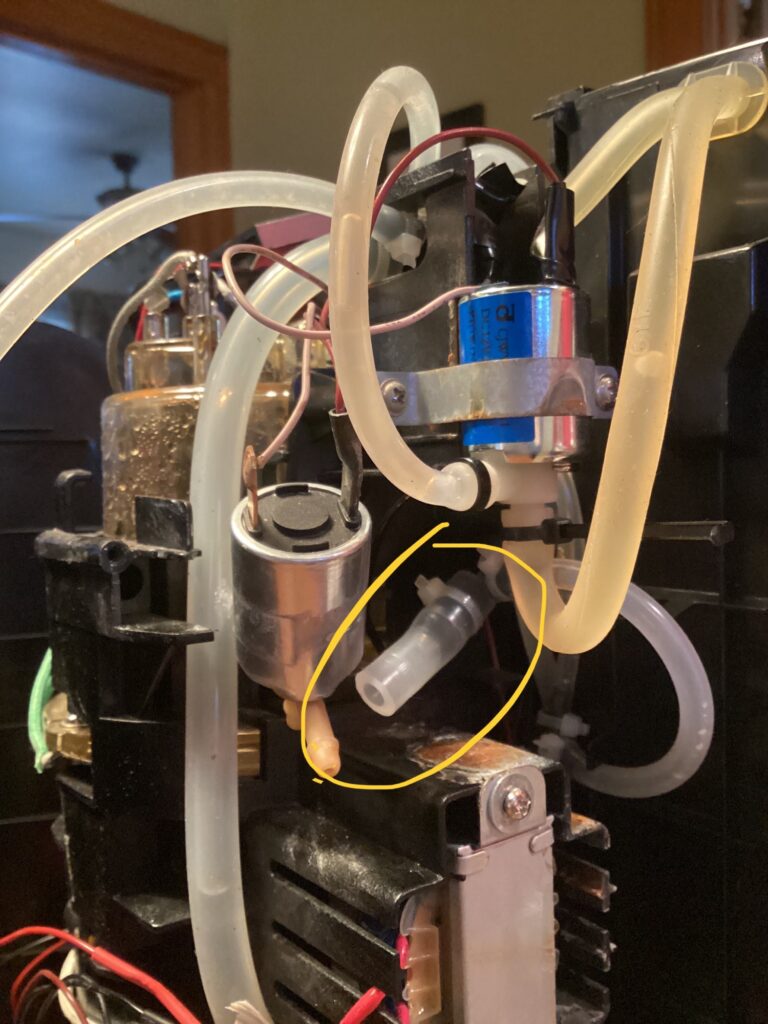

First remove the large bore hose and then place your finger over it to plug it. Then with the power plugged back in run a brew cycle. If the water pressure returns then replace this solenoid.
When I tested this solenoid by occluding the hose the pressure returned to normal when running the brew cycle. So I replaced this solenoid and the water pressure returned to normal!
#2 Solenoid & corossion
I ended up replacing the upper solenoid second to the pump due to extreme rust and corrosion which indicated water was leaking and most likely the internal spring was completely disintegrated.
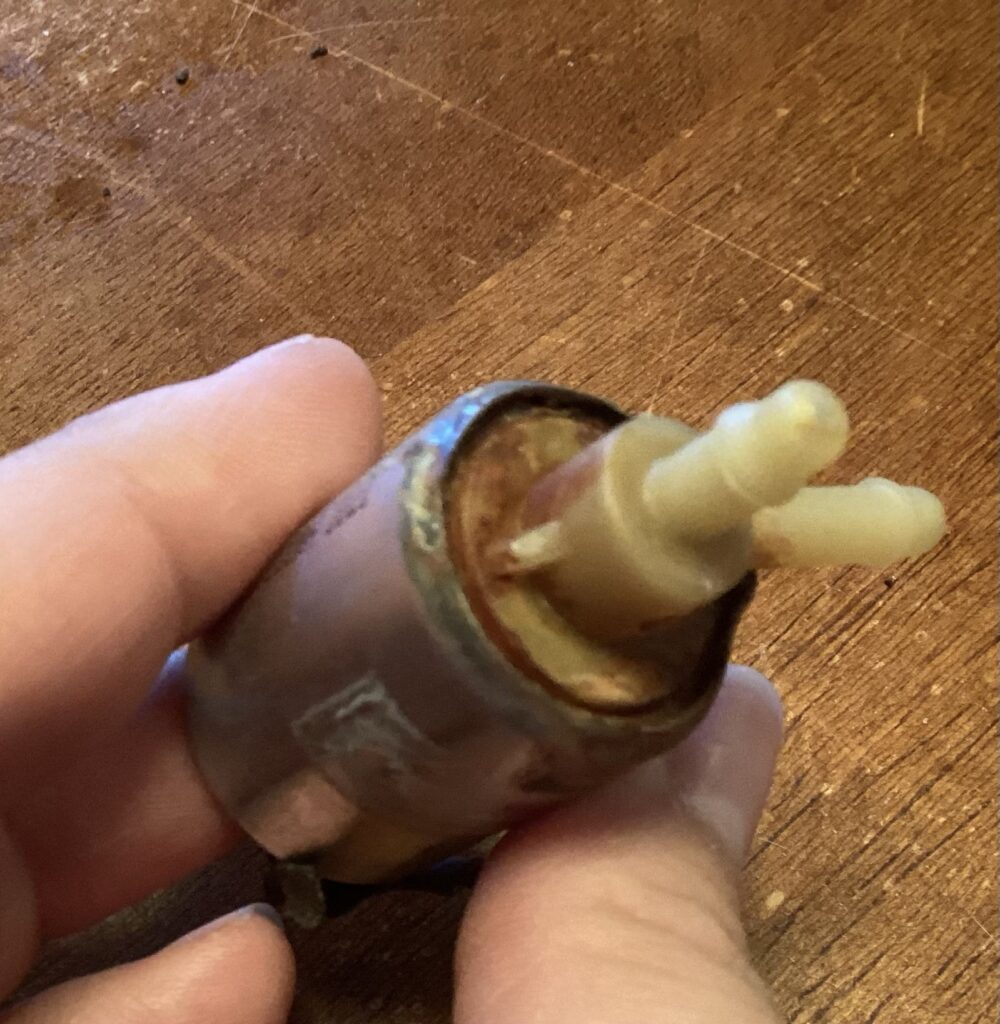
#3 Pump
I also replaced the pump directly below the upper solenoid due to visible rust and corrosion related to the leaking water. The pump may have been just fine and the rust was most likely only superficial and on the exterior casing but I replaced it anyway.
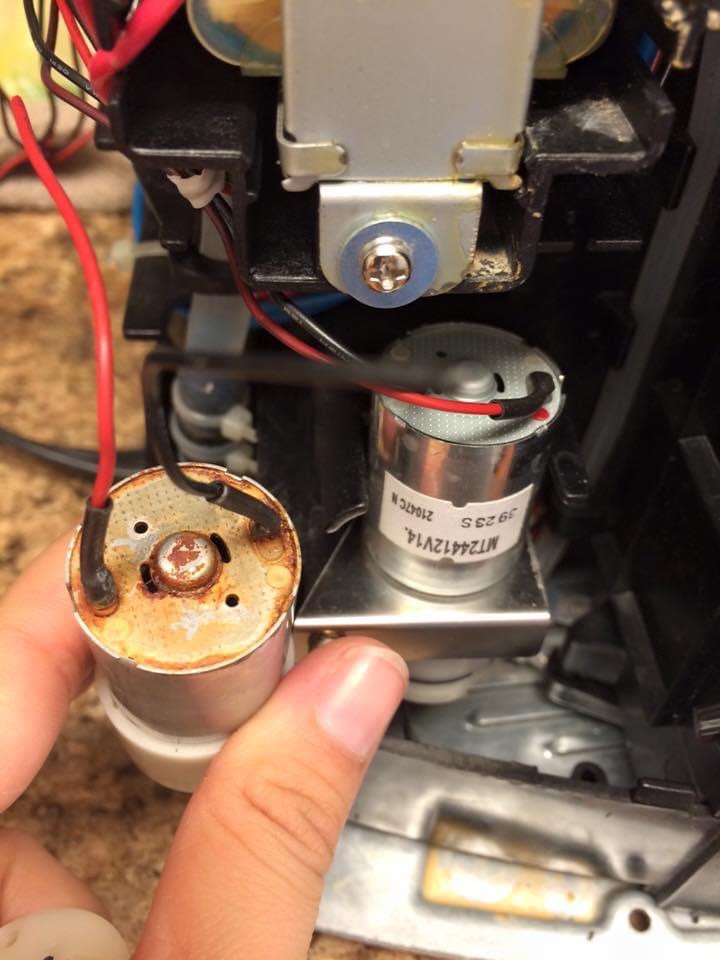
Power Issues
Others have tested and discovered that some of the Keurig B70 models have constant power to the solenoids despite the machine being turned off and this can lead to early degradation of the solenoids and pumps.
It is important to say that not all of the Keurig B70 models have this power issue. Our original Keurig B70 that is our daily coffee maker was purchased in 2011 and powers off completely with the oem power switch.
So some easy solutions are to either buy a smart outlet, switched outlet adapter with a manual on/off push button or use a switched power strip. The advanced approach is to add an an inline appliance rocker switch.
This coffee maker shows signs of having excess power even when turned “off”. Since this specific coffee maker is used so infrequently I decided to use a manual outlet adapter to address this issue.
